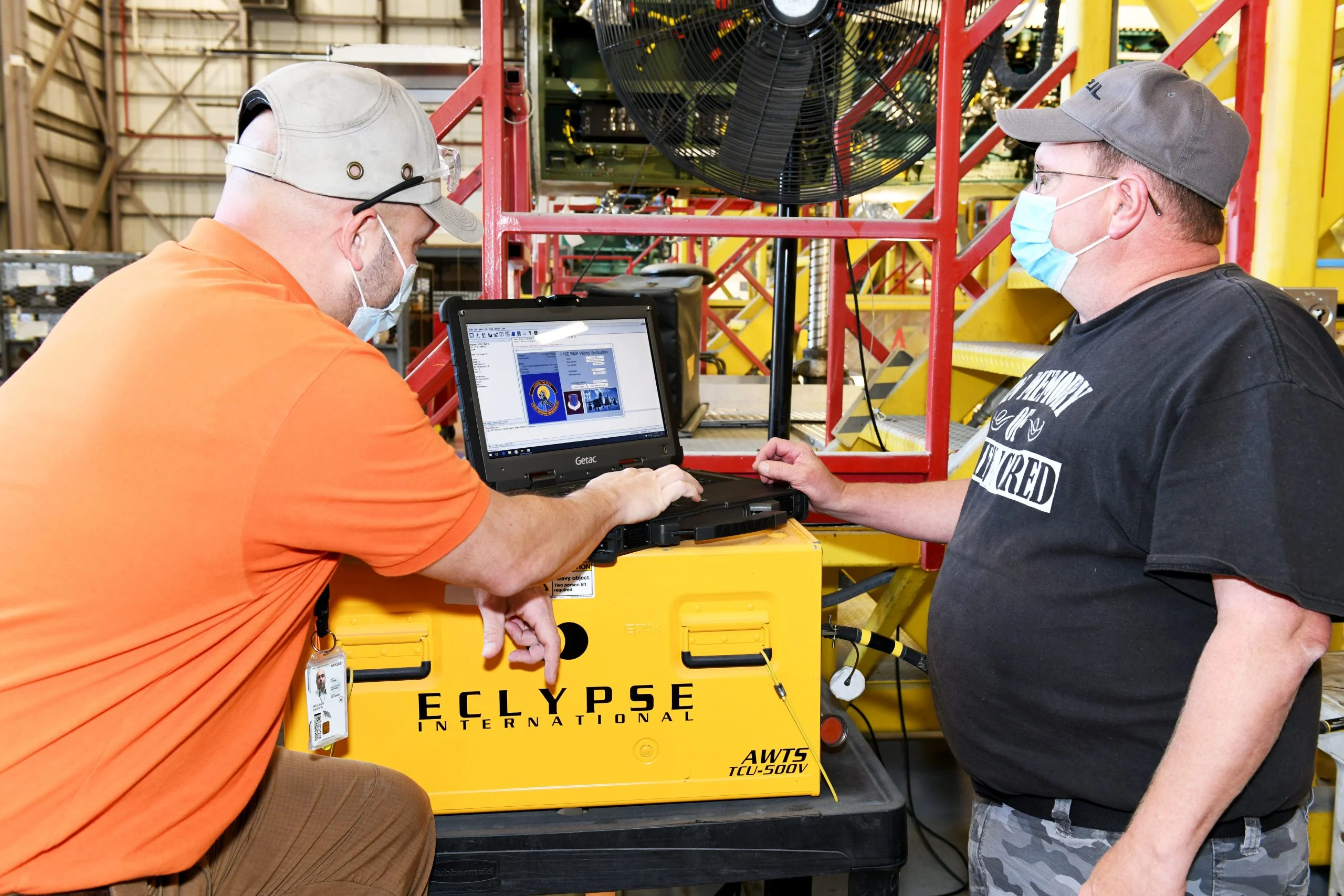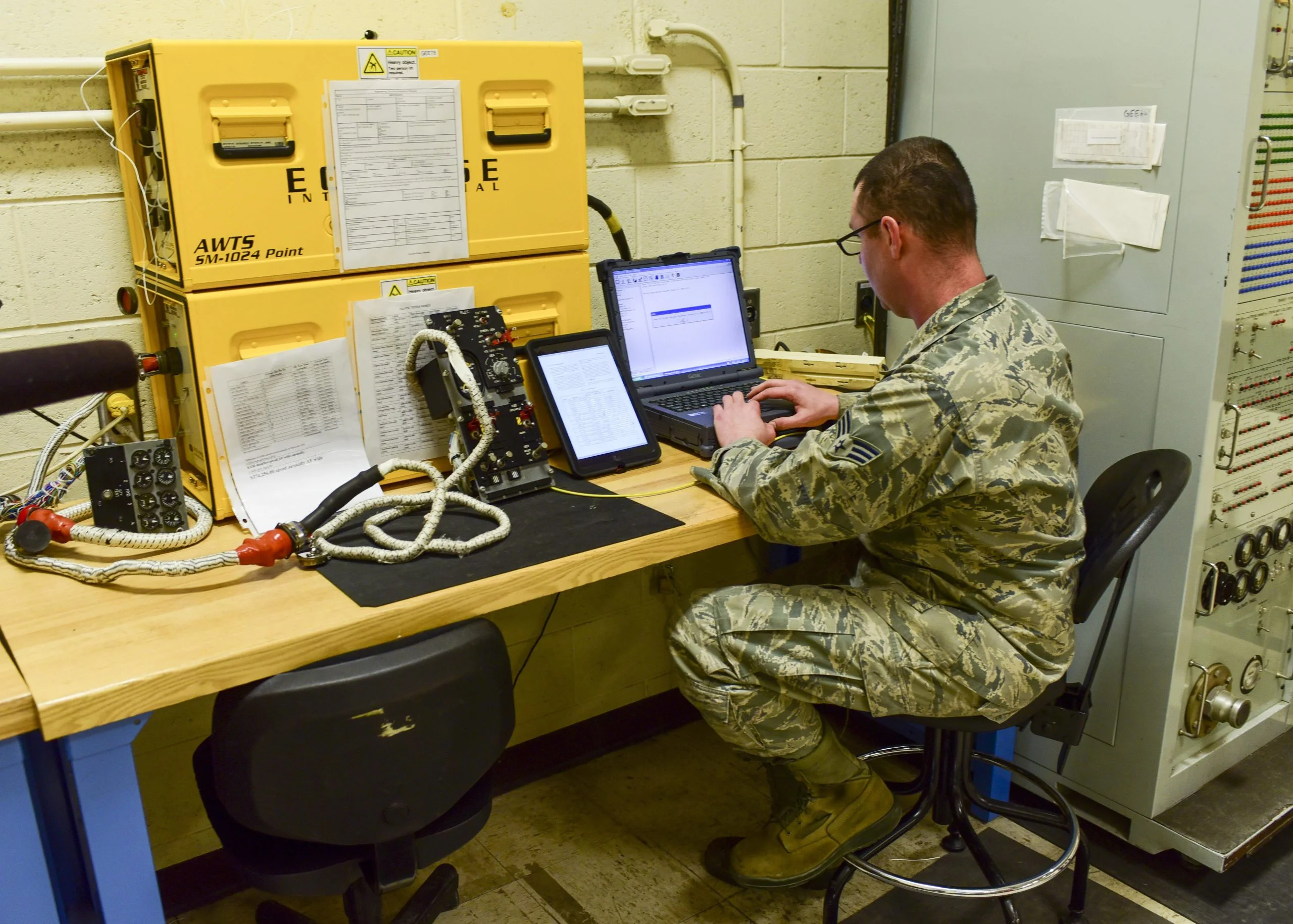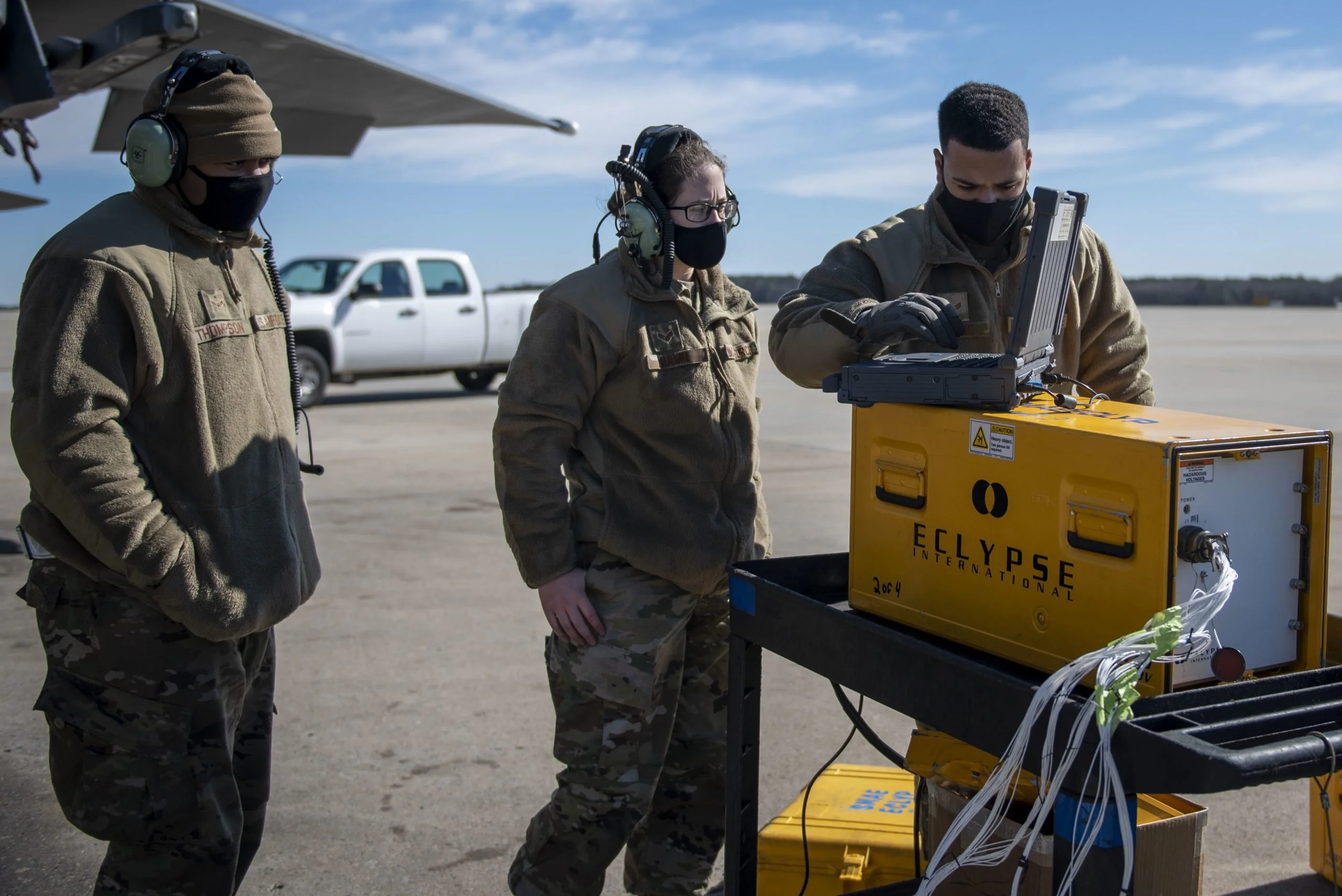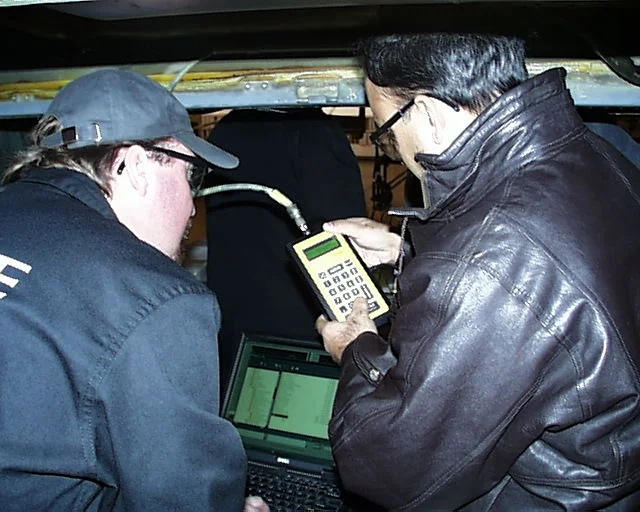ART OF THE POSSIBLE

Photo By Joseph Mather, U.S. Air Force
The 561st Aircraft Maintenance Squadron, F-15 Systems Program Office and 402nd Software Engineering Group teamed together to develop a test program that will reduce program depot maintenance time with the F-15 aircraft.
The Art of the possible methodology provides the right way to achieve the right results.– 561st AMXS, Robins AFB
Developed on the AWTS platform for the F-15 aircraft radar modernization program, technicians were able to save 120 man hours per aircraft, resulting in upwards of 2000 man hours per year.
RISING TO THE CHALLENGE
Beginning in 2014, a joint OSD project was commissioned to study a problem with the MH-6 Full Authority Digital Engine Control (FADEC) system that had been causing 2-3 pilot reported discrepancies (PRD’s) per month and causing numerous unnecessary avionic replacements.
What caused 2 to 3 FADEC system discrepancies per month dropped down to only 1 discrepancy in over 4 years.– 160thSOAR, Fort Campbell
Since the development of AWTS test procedures, testing of all aircraft was established and is performed regularly throughout the MH-6 fleet. AWTS testing is currently being added to additional systems and platforms throughout U.S. Army SOAR units.
SAVING TIME AND MONEY
The 28th MXS back shops provide technical services that Airmen depend on in
order to keep aircraft running safely, efficiently and smoothly. They spend countless
hours troubleshooting components, ordering equipment and fixing parts.
It used to take 10 hours to check it on our old system, Now, with our Eclypse
tester, it takes us about 10 minutes.– 28th MXS, Ellsworth AFB
With this state of the art system it will save approximately 4,200 man-hours annually. Ellsworth and Dyess Air Force Bases combined could see as much as
$428,000 in cost savings a year.

Photo by Airman 1st Class Randahl J. Jenson, U.S. Air Force
SUSTAINING CAPABILITY

Photo by Airman 1st Class Kimberly Barrera, U.S. Air Force
Component Maintenance Squadron electrical and environmental shop and the 4th Fighter Readiness Squadron precision measurement equipment laboratory shop came together to find a solution for an obsolete test set.
Having the capability to check the adapter system and wiring prior to installing the recon pod will minimize potential damage and destruction of this expensive asset.– 4thCMS, Seymour Johnson AFB
Once the test procedure is certified and leadership approval is received, this test can be disseminated to other bases, saving time and money by utilizing AWTS units that are already deployed.
MEETING READINESS GOALS
Over the period of one year, select electrical systems of nearly 100 aircraft were inspected using AWTS. This effort focused onthe top aircraft system degraders which identified an average of 3-4 actionable wiring issues per aircraft with 17% classified as critical.
AWTS is capable of taking a deeper look at electrical/wiring integrity than any other available equipment in the Fleet today– NAWCAD, NAES Lakehurst
A 2020 GAO report on Sustainment identified the F/A-18 E-F aircraft availability as well below 50%. When initial inspection was completed and appropriate repairs made, the test group aircraft experienced a 73% reduction in mission aborts related to the inspected systems.
FINDING IT FASTER
In 1999 when one of the space shuttles lost power due to a fault somewhere in its more than 200 miles of electrical wiring. Even though technicians used a multimeter to measure each circuit to find which wire had a fault, it could not pinpoint exactly where on the wire the fault was located. For that, technicians had to visually inspect each wire. SWR technology was developed by NASA engineers to solve this problem.
I fly a lot, and it is comforting to know that what we did helped to make flight
safer.– Dr. Medelius, Kennedy Space Center
Eclypse obtained licensing through the NASA Technology Office and developed the ESP+ hand held meter. The U.S. Army has purchased 300 ESP+ meters to include in their helicopter battle damage and assessment repair kits, saving hundreds of man hours in repair costs.

Photo by Eclypse International
AIRMEN CUT TIME WITH TECH
Air Force Special Operations Command officials initiated the AWTS program in order to provide special operation maintainers a program to help pinpoint maintenance issues with MC-130s in significantly less time.
What may take one maintainer days to identify, this system can catch something in less than a 10-minute period..– 353rd Special Ops, CMS, Kadena AFB
By increasing the use of AWTS, the wire analysis shops expects to decrease the amount of aircraft down time by not only shortening the time it takes to trouble shoot hundreds of wires found on an aircraft, but also help their fellow maintainers proactively identify out of tolerance wiring even if the aircraft system still works.





